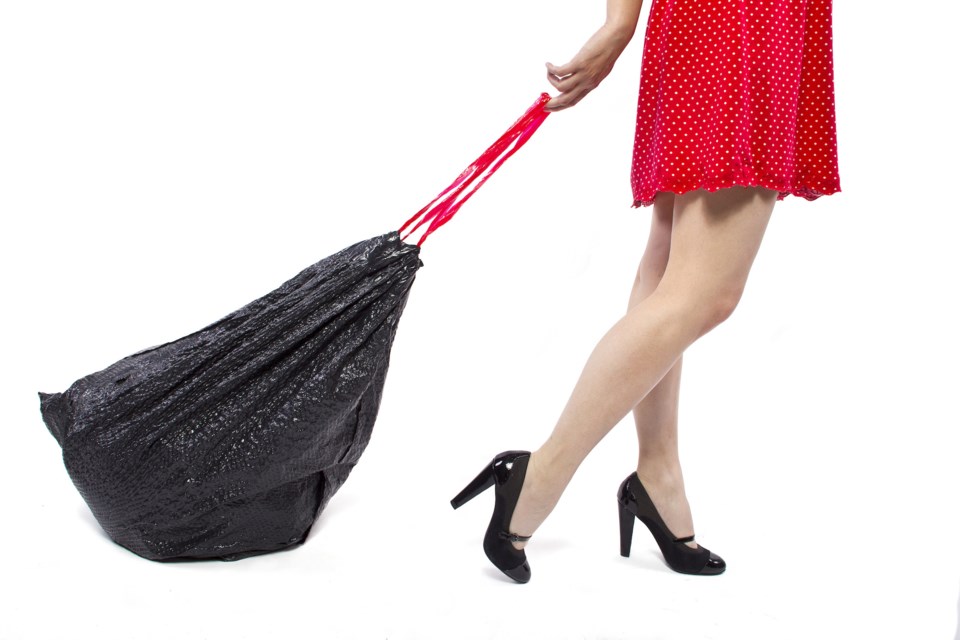The 2017-18 Curbside Waste Audit results are in, and they stink.
While Simcoe County households have the capacity to be diverting 82 per cent of their trash into the green or recycling bins, the 2017-18 curbside audit results show local diversion rates sit at about 46 per cent.
The report, presented to county council on Tuesday and prepared by Jillian Fairchild, project co-ordinator with the County of Simcoe, outlined how improving green bin usage county-wide would be the key to diverting more away from landfills.
“The green bin is our greatest opportunity to reduce garbage and potentially increase our diversion rate by over 13 per cent,” wrote Fairchild in her report.
The audit was completed between summer 2017 and spring 2018. Conducted over two-week periods on a quarterly basis, the purpose was to capture seasonal trends and variations. Waste materials generated at 100 households (representative of the county’s demographic) were collected, sorted into nearly 70 categories for each material stream (garbage, recycling, and organics), and weighed in order to determine what is being put to the curb and if it is being properly sorted into the correct bin.
The audit results indicate that the average household in the county generates 533 kilograms of waste annually.
In regard to blue box recycling, the county performs well – among the top performers in the province, according to the report.
Common blue box materials put incorrectly in the garbage
- aluminum foil and foil trays
- aluminum and steel aerosol cans
- boxed juice and soup containers
Common green bin materials put incorrectly in the garbage
- food waste
- tissues and toweling
- paper coffee and cold drink take-out cups
- paper ice cream containers
Common garbage materials put incorrectly in the green bin
- flexible film plastic (shopping/grocery bags and frozen food, milk, and bread bags)
- diapers and sanitary products



